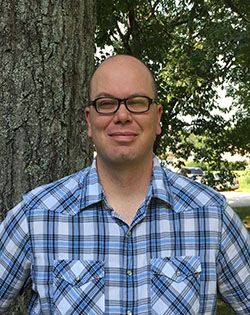
Mark McAndrews
Department of English
Western Kentucky University
mark.mcandrews@wku.edu

|
Mark McAndrews Department of English Western Kentucky University mark.mcandrews@wku.edu |
| Participants: | 20 and 6 |
| Type of Study: | air traffic control |
| Location: | USA |
| Media type: | audio |
| DOI: | doi:10.21415/2SPQ-VF14 |
In accordance with TalkBank rules, any use of data from this corpus must be accompanied by at least one of the above references.
KLAX refers to Los Angeles International Airport, and KEWR to Newark Liberty International Airport. The date of the recording is included in the file name, along with the time the recording began, in 24-hour Coordinated Universal Time (UTC) format.
For the full set of 20 recordings, the idea was to capture a representative sample of "average" air traffic control tower interactions at large U.S. airports, and so the sampling was randomized in terms of date and time of day.
One organizing characteristic of air traffic control radio interactions is the highly formulaic and prescribed pattern of turn-taking. In the most frequent pattern, a controller names the callsign of an aircraft and gives instructions or clearances (e.g., "turn right" or "clear to land"); the member of the flight crew operating the aircraft's radio is then expected to read back the instructions/clearances over the radio. This uniformity is further imposed by the fact that speakers must push a button to start their turn, and then release it to end their turn. Overlapping turns are avoided and rare because they render the speech of both parties unintelligible. So, all speech that occurred between a push and a release of the radio button is on one main line in CHAT. To playback and skip the pauses, use escape-9 in the CLAN editor.
There is an additional folder with six recordings from airline disasters that was transcribed through ASR.